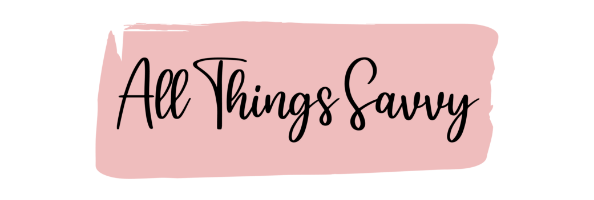No products in the cart.
One of the toughest hair decisions to take after the big chop has to be transitioning. There are several reasons for wanting to switch to team natural. Either the need to regrow your hair, just hopping on the trend or just switching up looks. Whatever reason it may be, I’m about to be really transparent with you.
First off, this journey isn’t a complete walk in the park, but for the fact that you’re here on on this post, a less bumpy ride is already guaranteed if you stick to these tips I’m about to dish out free of charge.
Here a few helpful tips you should hold dearly.
1. Experiment With Protective Styles

This is one of the biggest tip in this journey. You cannot afford to comb your hair daily because I promise you girl, it’s gon’ be painful. The pain can be avoided if you do protective styles like weaves, braids, bantu knots, and wigs. These are great way to help protect the new growth of your hair.
SHOP AFFORDABLE PROTECTIVE HAIR STYLING OPTIONS
2. Moisturise As Often As Possible.

This period of transitioning is a trying time for your hair. The least you can do for it is to keep it moist all day long. Make use of your favourite moisturizers and keep your hair supple and less dry.
3. Get The Right Tools

The right hair tools would make a huge difference! These tools range from detangling brushes, Wide-tooth combs, Silk bonnets.
Tools like detangling brushes and wide tooth combs would make combing and brushing easy. However, don’t forget to start detangling from the bottom up. Doing this would prevent hair breakage, cause less friction and pain as you get to the top of your hair. With a silk bonnet, you can prevent the loss of moisture and reduce hair breakage, while you sleep at night.
4. Avoid Heat-Styling As Much As You Can

By now, we all must have come to an agreement that heat is not a friend to the natural hair, so by all means if you can, avoid it. For one, heat-styling can damage your natural curl pattern, rob your hair of moisture, and can cause damage to your hair. And if you need to for any reason use heat, then low heat is it. A flatiron that does as little heat damage as possible is your best bet. And remember to always use a heat protectant before you apply heat to your hair.
5. Trim Monthly

The process of transitioning from relaxed to natural hair requires a lot of patience, special care and attention mostly because you are catering for two different hair textures. Trimming at least once a month helps you get rid of processed ends which is what transitioning is about and your natural hair also grows out more.
6. Deep Condition Weekly

Deep conditioning is simply moisturizing pro max. Don’t get weary of this good work and your hair will thank you.
7. Stay Away From Texturizers

Applying texturizers while transitioning? No, girl..It should never be heard of you. It’s a taboo! Sadly, ‘texturisers’ do not come written boldly on their pack. Common phrases like “Give you added manageability” and “Loosen your curl/texture”. Some even state to use a flat iron after application. Dont fall for them.
Texturizers contain chemicals just like relaxers and they are meant to break down the protein bond in your hair.
WRITTEN BY
Tatyana Effa



